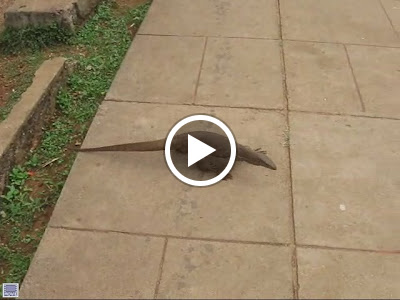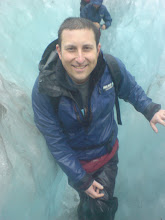We managed the first bit - but will have to save the second bit for another visit to Sri Lanka.
The ancient cities represent the empire that existed here between the fourth and eleventh century. It's know where near as grand as Angkor Wat in Cambodia - but in it's own way - it's rather impressive.
Anuradhapura represents the first major capital, and one of the most stable and durable empires in South East Asia - it's was (and still is) considered a sacred Buddhist site. It was decided during the eleventh century to move the capital for security reasons to Polunaruwa - more on which later.
It costs $50USD to buy a ticket for the main historic sites in this part of Sri Lanka...which is ridiculously expensive given that you could very very easily live for four or more days in Sri Lanka for the same amount of money.
But there's no other way of seeing the sites - so we dug deep into our pockets and paid out the cash. We also decided to rent a tuk tuk for the day to cut the walking, and got a pretty good deal...we'd already gone through the Lonely Planet so knew what we really wanted to see and concentrated on the main bits.
So we started with the Jetavanarama Dagoba:

This pictures doesn't really do it justice. It was a huge shrine said to have been built in the 4th century AD, and represented the real power and might of this ancient kingdom. When it was built it stood at over 100 meters, and would have been at that time the third highest structure in the world.
Today - it stands at 70 meters as a piece dropped off the top and they've decided not to replace it.
It's still a place of worship, although significant restoration work has been completed. One fascinating feature are the numbers hand painted on each piece of the huge mosaic floor that surrounds the Dagoba - like the world's most complicated jigsaw puzzle:

While we were looking around, there was a weird effect with the sun, which looked like this:

The site contains some ornate carvings which have weathered the passage of time:

From there we headed to see the large twin pools used for ceremonial washing:


And then on to one of the most revered and finest carvings in Sri Lanka - the delicate Samadhi Buddha carved around 400AD:

One of the many monkey's keeping an eye on things:

From there we set off to see the famous moonstones - incredibly intricate carvings used as thresholds into the most important buildings.

It's amazing to think that something so intricate was carved so that it could be walked on - and it's even more amazing how well preserved the moonstones are given the passage of feet and time...
Brock taking a picture...

...of me...

...taking a picture of him...
From there it was a short walk to the keeper stone - perhaps one of the finest pieces of carving in Sri Lanka:

While we were there, we spotted this scorpion - which unfortunately was dead:

Just down the road is the giant Elephant Pool. It's the size of six Olympic swimming pools...it's usually full of water, but there's been a drought and it's gotten fairly empty:

And then it was off to see the Bodhi Tree shrine - which is a cutting from the original tree in Bhod Gaya in India under which Buddha meditated to achieve enlightenment. It's an impressive site - but even more so was the huge Dagoba near by:

Paintings at one of the many shrines here:

And one of the smaller Dagoba's housing ancient relics:

...and finally - one of the many large lizards in Sri Lanka (click the picture to view the video):

----------
Just for anyone whose thinking of visiting - give the Royal Palace a miss - the Planet bigs it up - but it's nothing more than a pile of bricks - hardly worth the necessary detour to see it.

No comments:
Post a Comment